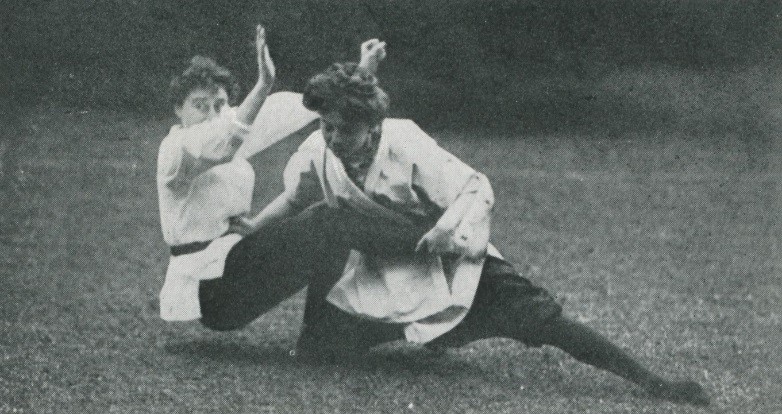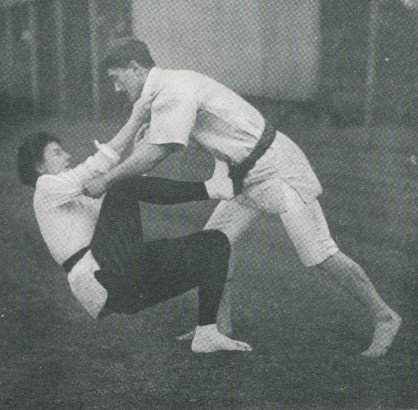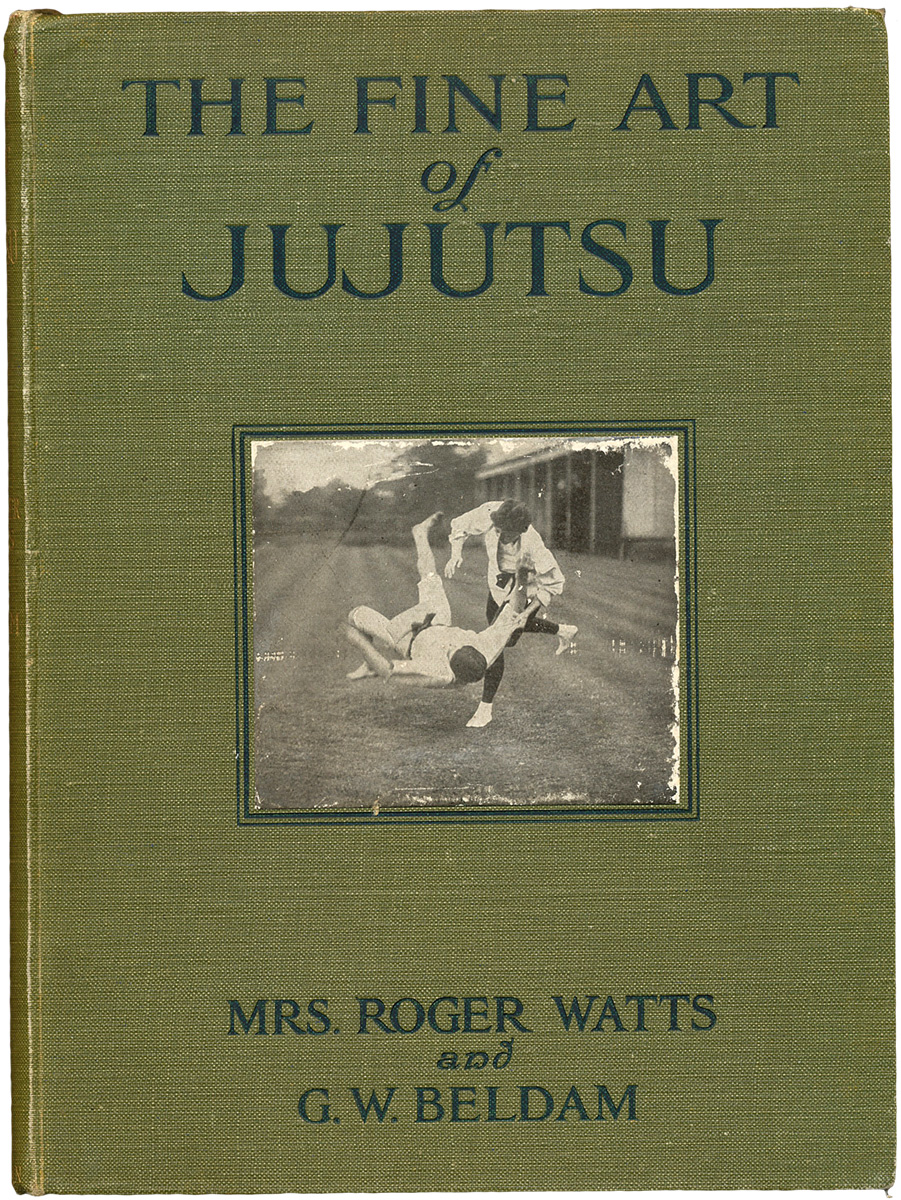Dr Emelyne Godfrey gets to grips with an instruction manual on Japanese self-defence techniques for Victorian women

I've been researching Victorians and self-defence since 2002 and the Bowen Collection has been an important resource for me. I was inspired to look into this subject when I did a women's self-defence course. We learnt practical, everyday tips as well as some manoeuvres. This all made me wonder how women and men in the 19th century dealt with physical danger and so I enrolled on a PhD course at Birkbeck College, London in the field of Victorian Studies.
Although much had been written on Victorian crime, there was very little scholarship on how individuals coped with the increasing crime levels (and the perceived threat level) that accompanied the population growth in Britain's major cities during the 19th century. How did people protect themselves when the bobby on the beat was not within earshot? Historians had written about the 'civilising offensive' of the 19th century whereby violent crime, and indeed, violent forms of self-defence (including duelling which was a defence of honour), became repugnant to British ideals of fair play. This cultural shift, I believe, helped pave the way for martial arts in Britain.
My background is English Literature and so I analysed novels, plays and periodicals but I was also keen to include artefacts and during the course of my research, I met martial arts historians who brought to life the various, real-life methods of self-defence which appear in fictional works. In 2004, John Harding, Officer for Safety at Newham Borough Council, pointed me towards Emily Diana Watts's The Fine Art of Jujutsu (1906). This beautifully presented book is in the Bowen Collection. It is the first known book on Japanese martial arts written in English by a female writer and teacher. Emily Watts has a delightfully assertive style of writing and knows how to relate to her audience: at one point she tells readers that one manoeuvre will begin as though it were a waltz.

At this time, the merits of other sports for women were hotly debated. Critics worried about the effect of sports on women's bodies; that boxing might turn women's faces red and that cycling might harm their reproductive organs whilst too much study and intellectual effort might be taxing on the female mind. The introduction to The Fine Art of Jujutsu, written by a founder of modern pharmacology, Sir Lauder Brunton, promotes jujitsu as a sport in harmony with the principles of mens sana in corpore sano. As he says, jujitsu develops 'the highest centres of the brain'. Watts includes photographs of herself and her assistants and trainer, Sadakazu Uyenishi, concentrating fiercely. She is a woman in control, who braves the elements, and tests herself both physically and mentally. Given the ambivalent attitudes there were towards other forms of exercise, I have yet to find any negative press on jujitsu as a sport for women. I would like to think that this is because Emily Watts's book raised public consciousness to the benefits for both sexes of Japanese martial arts.
Further resources
Femininity, Crime and Self-Defence in Victorian Literature and Society: From Dagger-Fans to Suffragettes, Dr Emelyne Godfrey, 2012.
Masculinity, Crime and Self-Defence in Victorian Literature and Society: Duelling with Danger, Dr Emelyne Godfrey, 2010.
